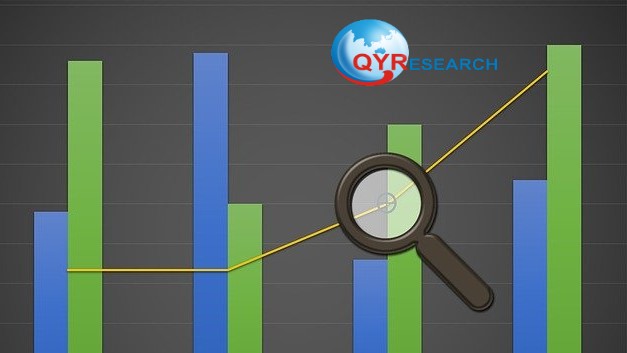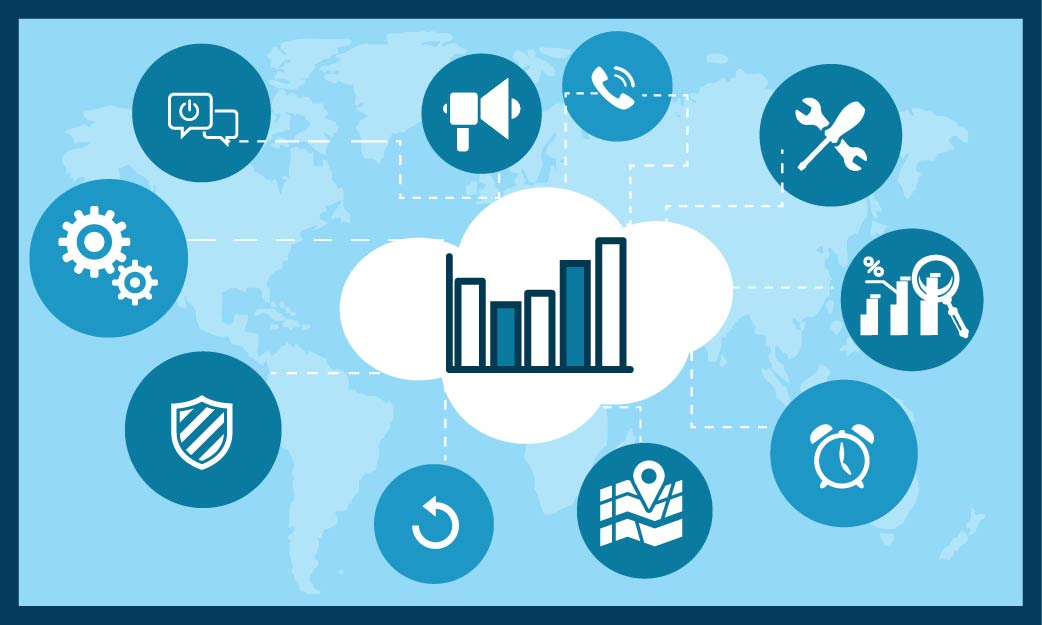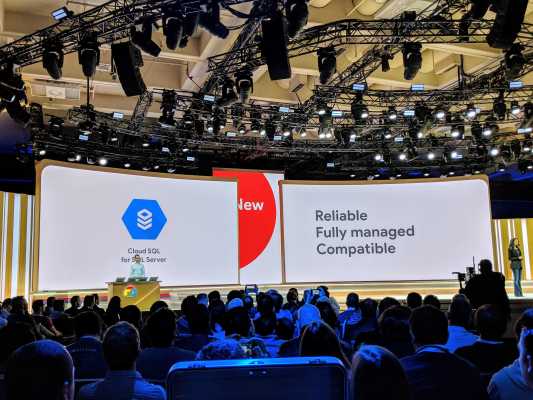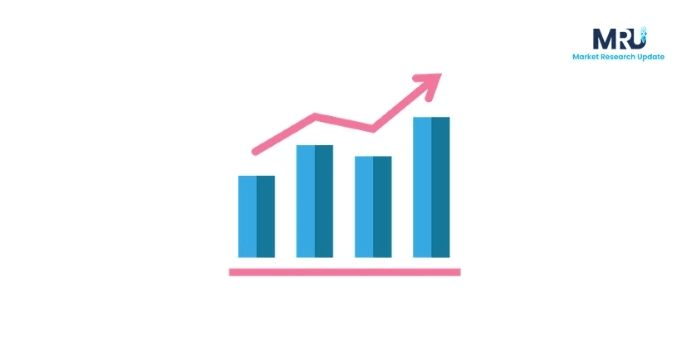Database Management Software Market ( 2021 Updated )
The Global Database Management Software Market report provides information about the Global industry, including valuable facts and figures. This research study explores the Global Market in detail such as industry chain structures, raw material suppliers, with manufacturing The Database Management Software Sales market examines the primary segments of the scale of the market. This intelligent study provides historical data from 2015 alongside a forecast from 2021 to 2030.
Results of the recent scientific undertakings towards the development of new Database Management Software products have been studied. Nevertheless, the factors affecting the leading industry players to adopt synthetic sourcing of the market products have also been studied in this statistical surveying report. The conclusions provided in this report are of great value for the leading industry players. Every organization partaking in the global production of the Database Management Software market products have been mentioned in this report, in order to study the insights on cost-effective manufacturing methods, competitive landscape, and new avenues for applications.
This report contains a thorough analysis of the pre and post pandemic market scenarios. This report covers all the recent development and changes recorded during the COVID-19 outbreak.
Get Sample Report: https://www.marketresearchupdate.com/sample/205279
Top Key Players of the Market:
Embarcadero Technologies, Couchbase Server, EnterpriseDB Software Solution, MongoDB, Teradata, Informatica Corporation, CA Technologies, HP (Vertica System), Oracle Inc., InterSystems, MetaMatrix, IBM Inc., Actian Corporation, iWay Software, BMC Software
Types covered in this report are:
Cloud-based
On-premises
Applications covered in this report are:
Banking & financial
Government
Hospitality
Healthcare and life sciences
Education, media & entertainment
Professional service
Telecom& IT
With the present market standards revealed, the Database Management Software market research report has also illustrated the latest strategic developments and patterns of the market players in an unbiased manner. The report serves as a presumptive business document that can help the purchasers in the global market plan their next courses towards the position of the market’s future.
Check Discount on Database Management Software Market report @ https://www.marketresearchupdate.com/discount/205279
Regional Analysis For Database Management Software Market
North America (the United States, Canada, and Mexico)
Europe (Germany, France, UK, Russia, and Italy)
Asia-Pacific (China, Japan, Korea, India, and Southeast Asia)
South America (Brazil, Argentina, Colombia, etc.)
The Middle East and Africa (Saudi Arabia, UAE, Egypt, Nigeria, and South Africa)
Why B2B Companies Worldwide Rely on us to Grow and Sustain Revenues:
- Get a clear understanding of the Database Management Software market, how it operates, and the various stages of the value chain.
- Understand the current market situation and future growth potential of the Database Management Software market throughout the forecast period.
- Strategize marketing, market-entry, market expansion, and other business plans by understanding factors influencing growth in the market and purchase decisions of buyers.
- Understand your competitors’ business structures, strategies, and prospects, and respond accordingly.
- Make more informed business decisions with the help of insightful primary and secondary research sources.
This report provides:
- An in-depth overview of the global market for Database Management Software.
- Assessment of the global industry trends, historical data from 2011, projections for the coming years, and anticipation of compound annual growth rates (CAGRs) by the end of the forecast period.
- Discoveries of new market prospects and targeted marketing methodologies for Global Database Management Software
- Discussion of R&D, and the demand for new products launches and applications.
- Wide-ranging company profiles of leading participants in the industry.
- The composition of the market, in terms of dynamic molecule types and targets, underlining the major industry resources and players.
- The growth in patient epidemiology and market revenue for the market globally and across the key players and market segments.
- Study the market in terms of generic and premium product revenue.
- Determine commercial opportunities in the market sales scenario by analyzing trends in authorizing and co-development deals.
Get Full Report @ https://www.marketresearchupdate.com/industry-growth/europe-database-management-software-industry-market-205279
In the end, the Database Management Software Market report includes investment come analysis and development trend analysis. The present and future opportunities of the fastest growing international industry segments are coated throughout this report. This report additionally presents product specification, manufacturing method, and product cost structure, and price structure.
Contact Us:
[email protected]


